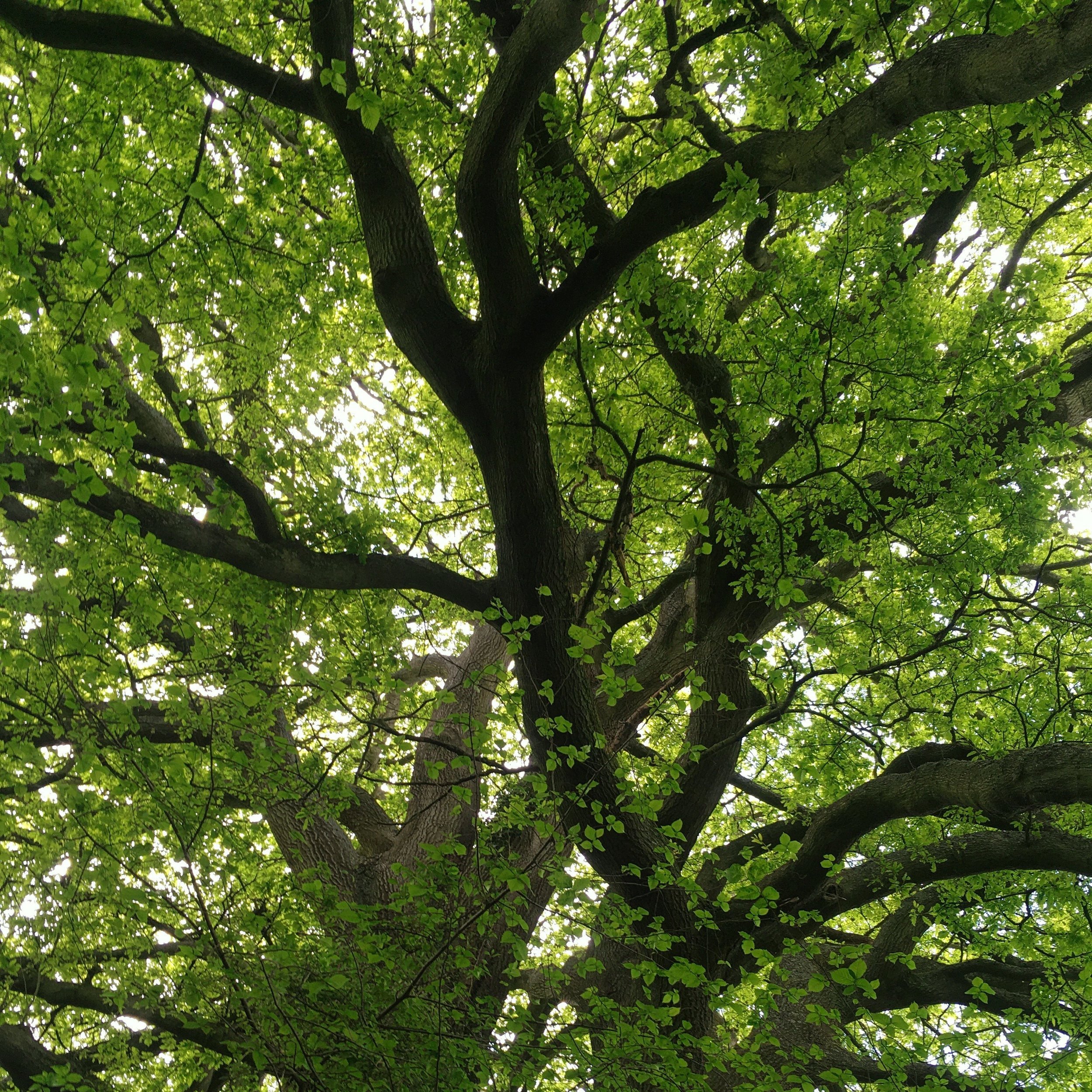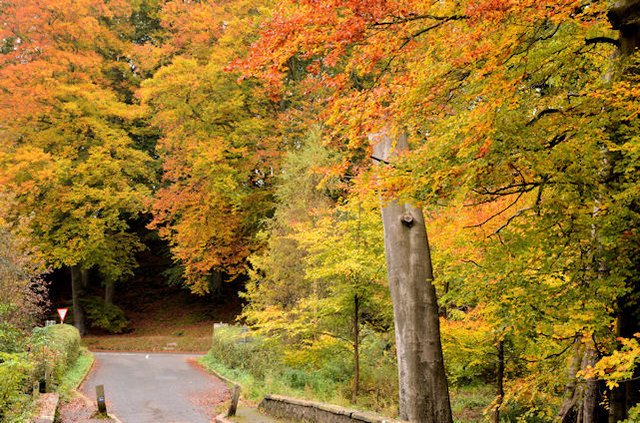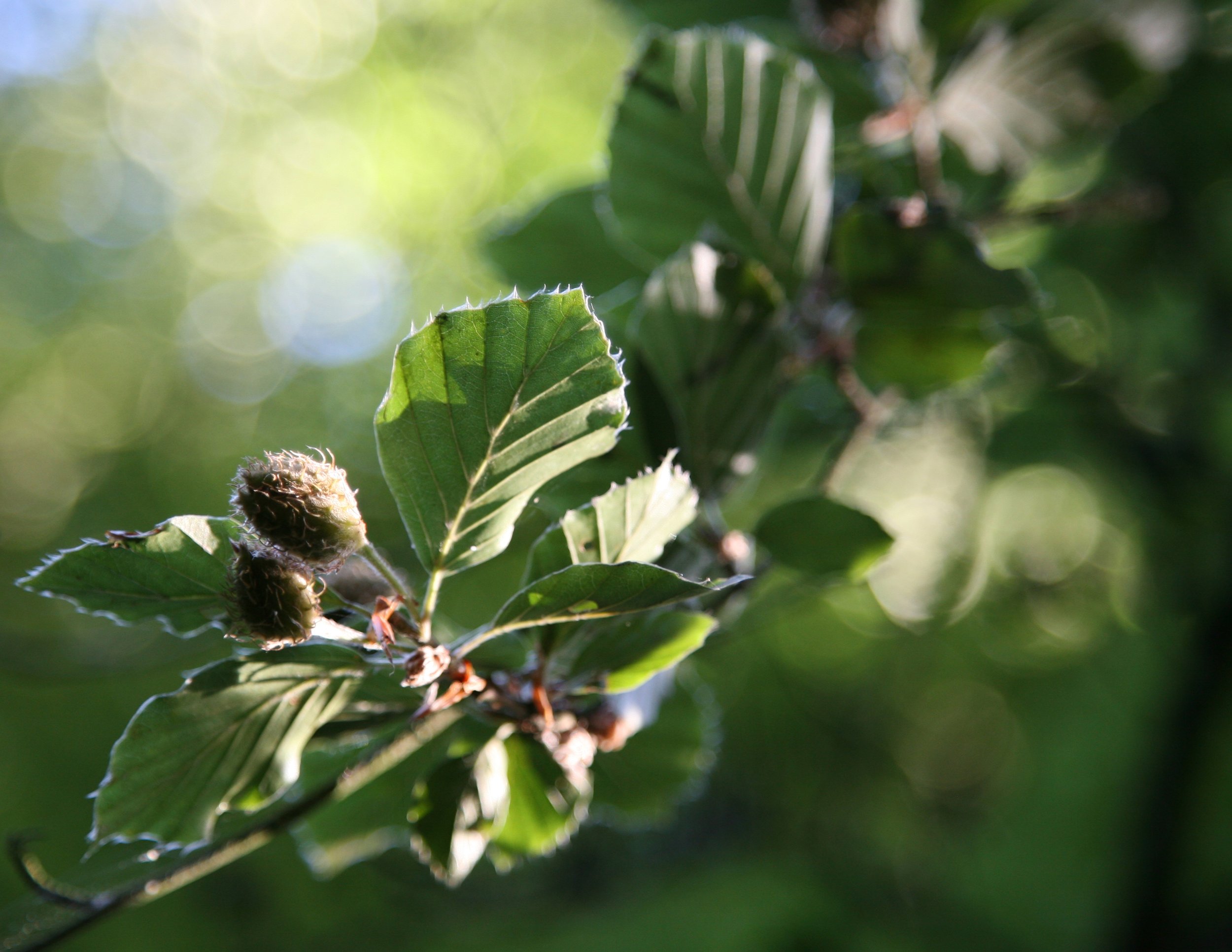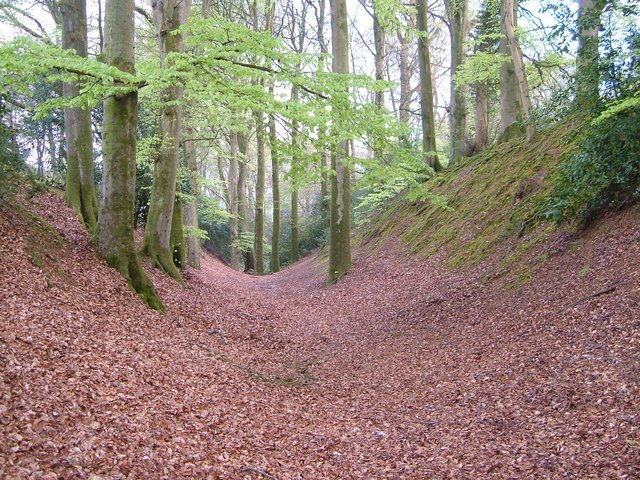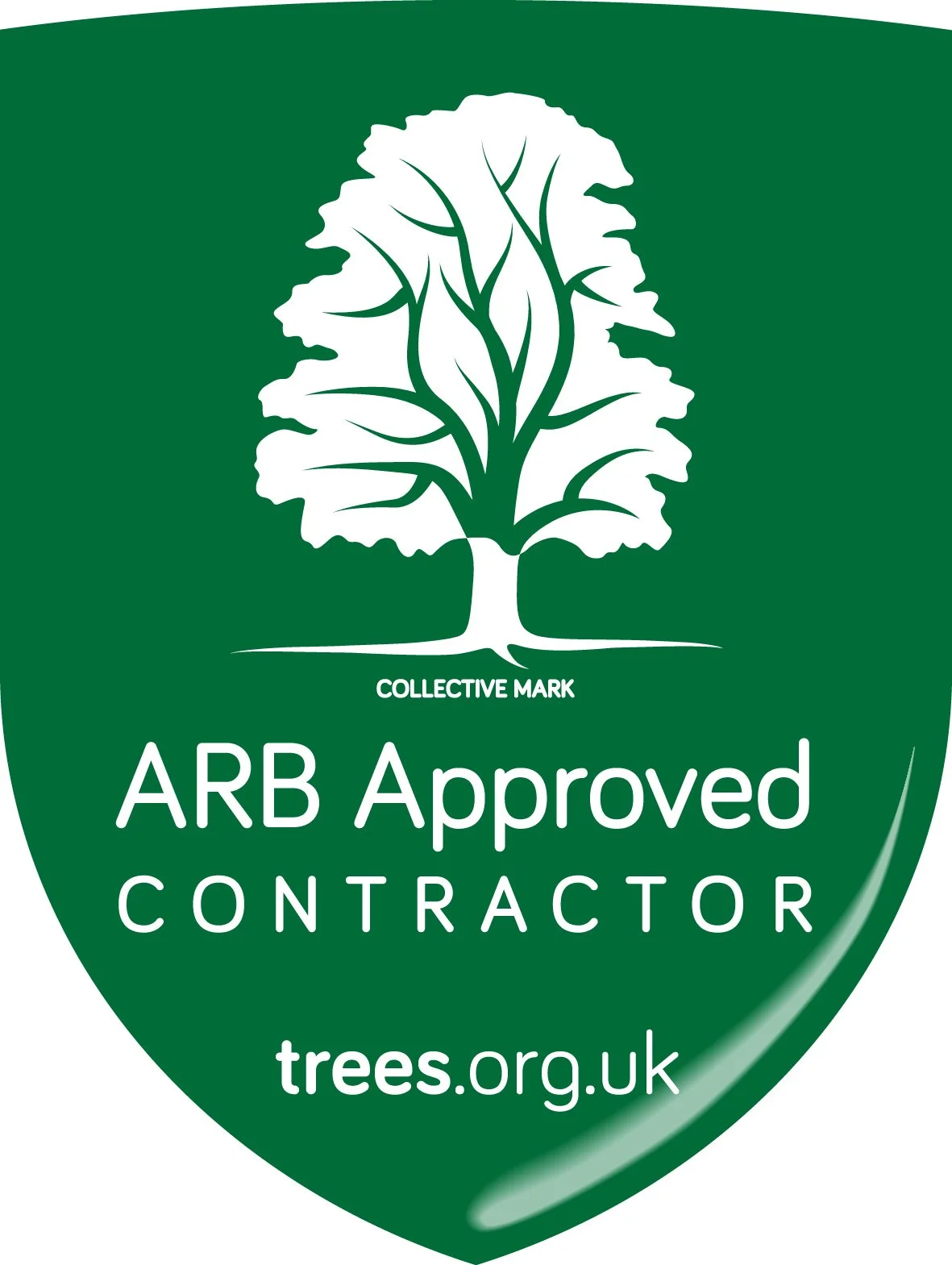An ancient and well known inhabitant of the British landscape, the Beech tree (Fagus sylvatica) is one of our biggest trees, capable of reaching up to 40 metres in height and developing a huge, spreading crown. Traditionally considered as the queen of British trees, in contrast to the Oak tree as king, their sturdy, shapely limbs and rich green foliage contribute to their elegant beauty. No walk in the woods would be complete without encountering one (or several!) of these majestic trees, some of which are capable of living for hundreds and hundreds of years!
Apart from their size, key features to help identify Beech trees include their bark, which is smoother than other trees and usually of a more grey colour, their festoons of leaves which gradually turn from a bright, light green (as in the image here) to a deeper emerald to a real autumnal red-brown, and their seeds and seed covering, also known as beechmast. You are most likely to find beechmast on the ground underneath a Beech tree; look for small, spiny or hairy shells (a little like a small conker shell), some of which may still contain the Beech nuts.
Their size, lifespan and production of flowers and nuts all contribute to make the Beech a hugely important tree for biodiversity. Some Beech trees, particularly ancient or veteran specimens, become the equivalent of cities in terms of biodiversity, supporting thousands of different forms of life from mosses and lichens to fungi, insects, birds and small mammals. The density of their crowns helps to create a specific type of habitat on the ground, and Beech groves can play host to a variety of plants and insects which are rarely found elsewhere, such as Coralroot Bittercress and Red Helleborine, both rare plants.
Beech’s benefits to biodiversity can also be brought into the domestic garden; whilst you might not want a full-sized Beech tree at your backdoor, managed Beech can make excellent hedging, forming a wonderful dense screen without any thorns or spikes which provides excellent cover for nesting birds and acts as hedgerow highways for other creatures, such as hedgehogs. Beech wood itself is sturdy and even grained, burning very well when seasoned and being useful and popular in the production of furniture, sports equipment and tool handles, for example. The Beech nuts can even be used to make an ersatz coffee, or roasted and ground for a variety of uses.
Individual Beech trees and Beech groves are a common site across Devon and the South West, as well as the UK as a whole. In fact, one of the most famous tree images to come from the UK - the Dark Hedges of Northern Ireland - shows an avenue of Beech trees and has been featured in film, TV and art internationally! Closer to home, the Beech groves at Woodbury Castle, near Exmouth, are a good example of a Beech woodland, and any walk in a native broadleaf forest will be sure to take you past any number of Beech trees and coppices.
The grounds of Woodbury Castle, showing the typical leaf and seed litter caused by Beech trees.


